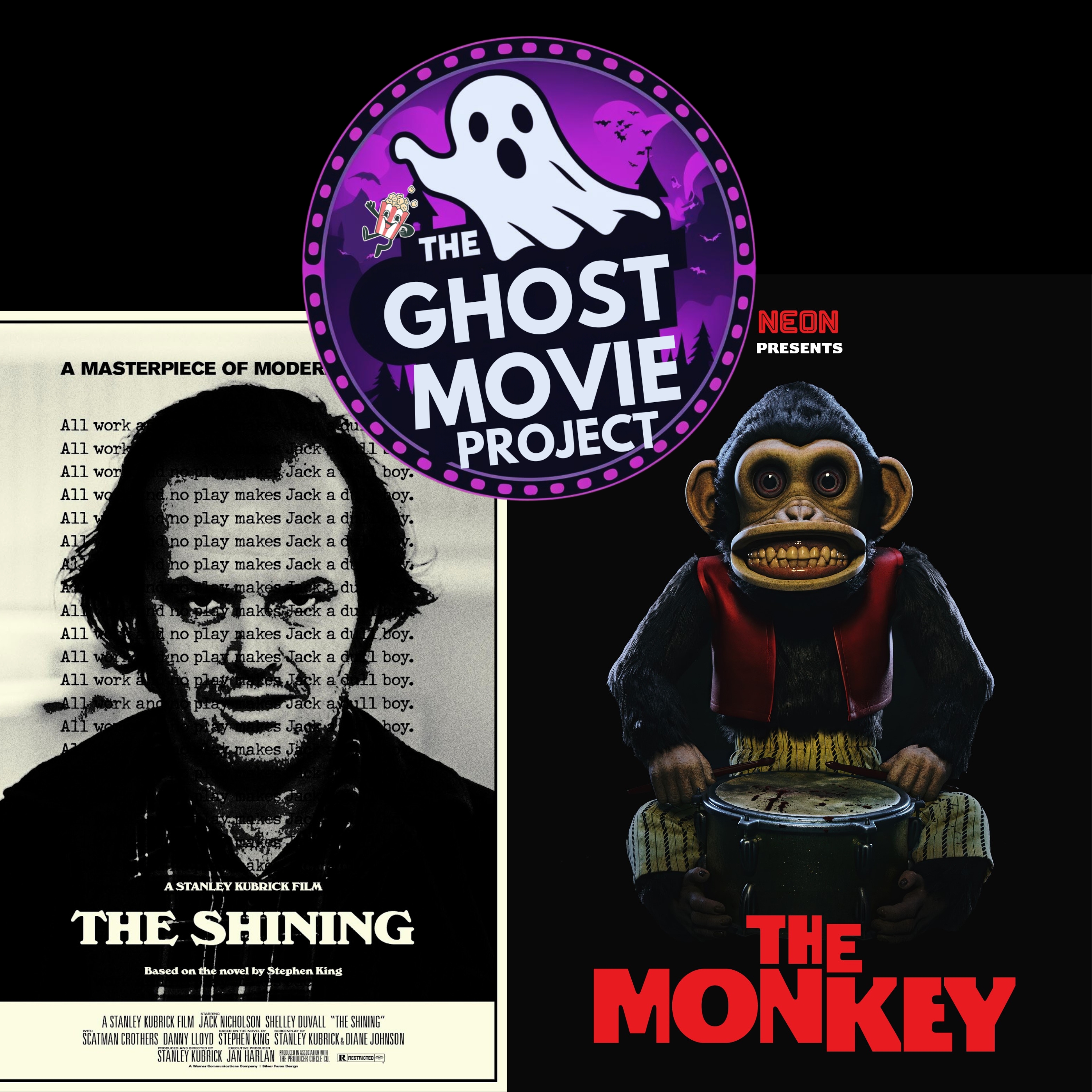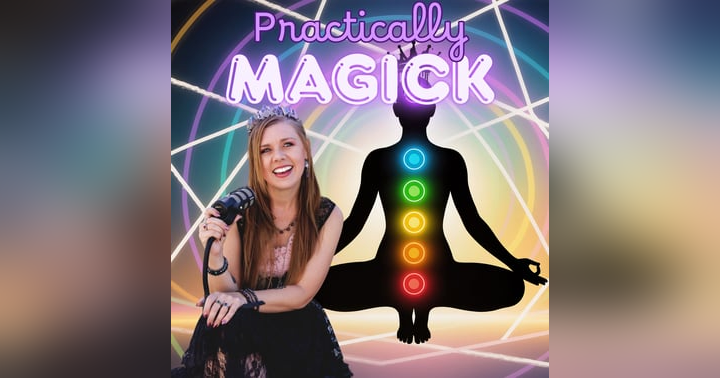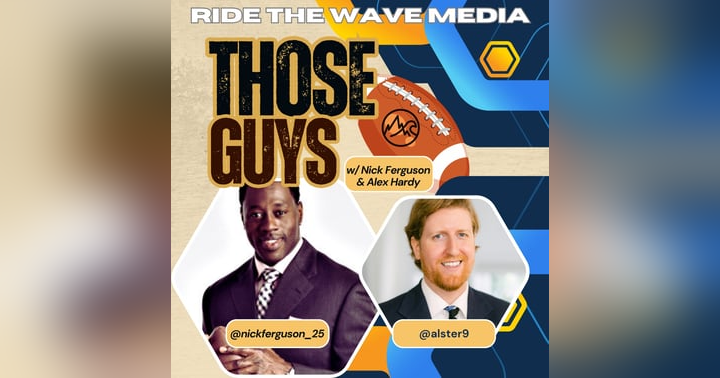Haunted Hotels, Killer Toys, and the Madness of Isolation: A Halloween Dive into The Shining and The Monkey

Haunted Hotels, Killer Toys, and the Madness of Isolation: A Halloween Dive into The Shining and The Monkey
Halloween isn’t just about costumes and candy—it’s about confronting the eerie, the unexplained, and the downright terrifying. And if you’re looking for two films that embody the spirit of spooky season in wildly different ways, look no further than Stanley Kubrick’s The Shining and Stephen King’s The Monkey. One is a slow-burn psychological masterpiece. The other is a chaotic, blood-splattered carnival ride. Together, they offer a perfect double feature for horror fans who want to be creeped out, entertained, and maybe even a little introspective.
The Shining: A Masterpiece of Madness
Let’s start with The Shining, a film that’s been dissected more than a frog in a haunted biology lab. Based loosely on Stephen King’s novel, Kubrick’s adaptation is a cinematic enigma—equal parts ghost story, psychological thriller, and conspiracy theory playground.
Blane and Courtney’s breakdown of the film reveals just how layered it is. From the infamous Room 237 (changed from 217 at the request of the Timberline Lodge) to the Apollo 11 sweater worn by Danny, every frame is packed with symbolism. Kubrick’s obsessive attention to detail—shooting scenes 40, 100, even 148 times—created a film that feels like a puzzle box. And fans have responded in kind, mapping out the hotel’s impossible architecture, superimposing the film forwards and backwards, and theorizing about moon landings and Nazi references.
But beyond the theories, The Shining is a story about isolation, trauma, and the fragility of the human mind. Jack Torrance (Jack Nicholson) isn’t just a man losing his grip—he’s a reflection of what happens when unresolved darkness meets supernatural influence. And Wendy (Shelley Duvall), often overlooked, is the true anchor of the film. She’s the one keeping things together while Jack spirals, and her performance—though born of real emotional strain—remains one of the most haunting portrayals of fear ever captured on screen.
Ghosts, Portals, and Psychic Kids
One of the most compelling parts of the discussion was the idea that The Shining isn’t just a haunted hotel story—it’s a tale of psychic sensitivity and otherworldly portals. Danny’s “shining” ability connects him to the spirits trapped in the Overlook, and his mentor, Halloran, validates his experience. It’s a rare moment in horror where a child’s intuition is respected rather than dismissed.
Courtney, a spiritual healer and Reiki practitioner, emphasized the importance of validating children’s experiences with the paranormal. “Even if you don’t believe in ghosts,” she said, “it’s real to them. And that matters.”
The Overlook itself may not be just a building—it could be a space in the astral realm, a portal to another dimension. The winding road leading to the hotel, the elevator scene, the endless hallways—all contribute to a sense of disorientation and timelessness. It’s not just haunted. It’s a trap.
The Monkey: Chaos, Comedy, and Cursed Objects
If The Shining is a slow descent into madness, The Monkey is a rollercoaster with no brakes. Based on a Stephen King short story, this film is pure funhouse horror. A cursed toy monkey plays its drums, and someone dies. That’s the rule. And the deaths? Over-the-top, gory, and often hilarious.
Blane described it as “capital F-U-N,” and he’s not wrong. From exploding bodies to bee attacks, the film leans into its absurdity. It’s not trying to win an Oscar—it’s trying to entertain. And it succeeds.
But beneath the chaos, there’s a deeper theme: the inevitability of death and the trauma we pass down through generations. The monkey isn’t just a toy—it’s a symbol of unresolved energy, of curses that refuse to die. The father-son dynamic in the film echoes The Shining, where Jack’s descent mirrors the generational pain he carries. In The Monkey, the father tries to protect his son from the curse, even if it means abandoning him. It’s messy, emotional, and surprisingly poignant.
Why Cursed Objects Are So Terrifying
Courtney pointed out that haunted places like the Overlook are scary, but they’re distant. You can avoid them. But cursed objects? They could be anywhere. A toy in your kid’s room. A yard sale find. A doll in the attic. That proximity makes them more personal—and more terrifying.
And the monkey’s design? Pure nightmare fuel. Its eyes seem to follow you, much like the illustrations in Scary Stories to Tell in the Dark. It’s not just creepy—it’s invasive. It looks at you. It knows you.
Cleansing the Uncleanable
As a Reiki practitioner, Courtney has experience cleansing spaces and guiding spirits to move on. But even she admitted that cleansing something like the monkey would be a challenge. “I use drums in my cleansing rituals,” she said. “But if the cursed object is using drums to kill people, where do you go from there?”
It’s a fascinating paradox. The very tools used to heal might be the ones used to harm. And that’s the essence of horror—taking the familiar and twisting it into something dangerous.
Halloween Reflections: Madness, Mortality, and Magic
So what do these two films teach us about Halloween?
- Isolation can be dangerous. Whether it’s five months in a hotel or five minutes alone with your thoughts, the mind can be a haunted house.
- Children are more intuitive than we think. Validate their experiences. Listen to their fears. They might be seeing something you can’t.
- Death is inevitable—but it doesn’t have to be terrifying. The Monkey forces us to confront mortality with humor and chaos. The Shining does it with dread and symbolism.
- Haunted spaces and cursed objects are reflections of our own trauma. They hold energy. They replay pain. And sometimes, they just want to be heard.
As Courtney said, “Let’s just get drunk on life. Let’s enjoy being alive.” And as Blane added, “Don’t chop up your family. Don’t do that.”
Final Thoughts: The Horror Is in the Details
Both The Shining and The Monkey are perfect Halloween watches for different reasons. One is cerebral, the other visceral. One makes you think, the other makes you laugh and squirm. But both remind us that horror isn’t just about ghosts and gore—it’s about what we carry inside us. Our fears. Our memories. Our unresolved stories.
So this Halloween, light a candle, grab some popcorn, and watch these films with fresh eyes. Look for the Easter eggs. Listen to the drums. And if the doll blinks—run.


